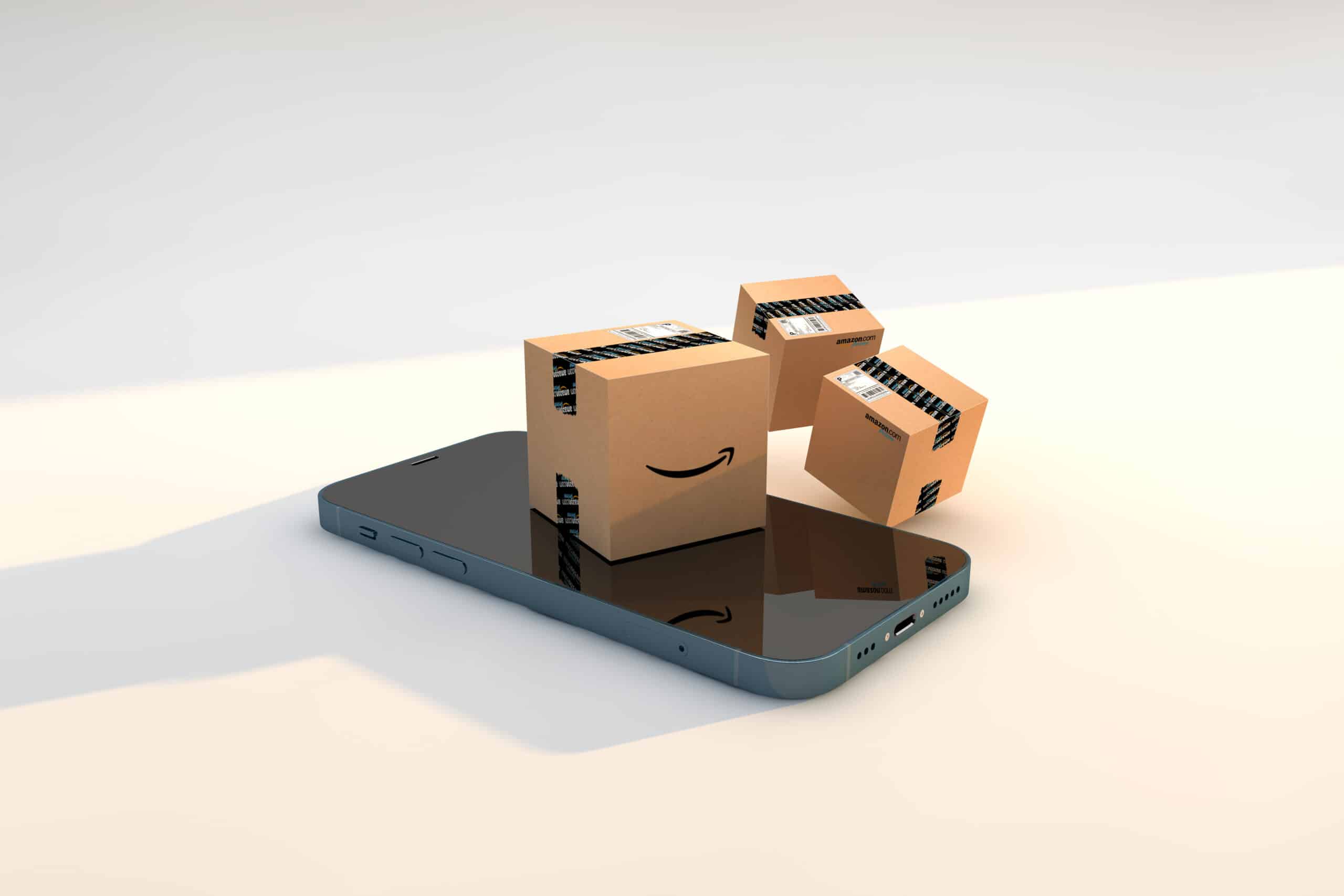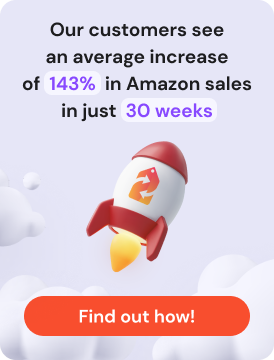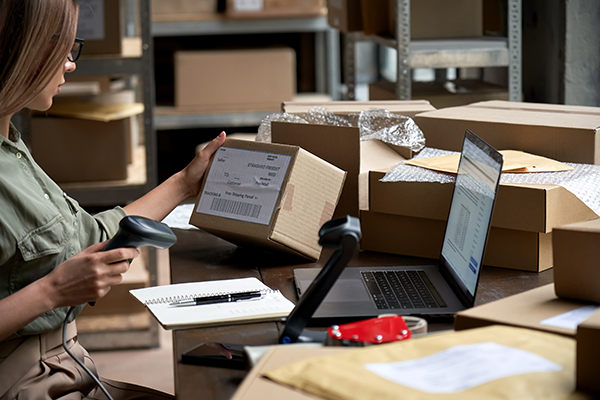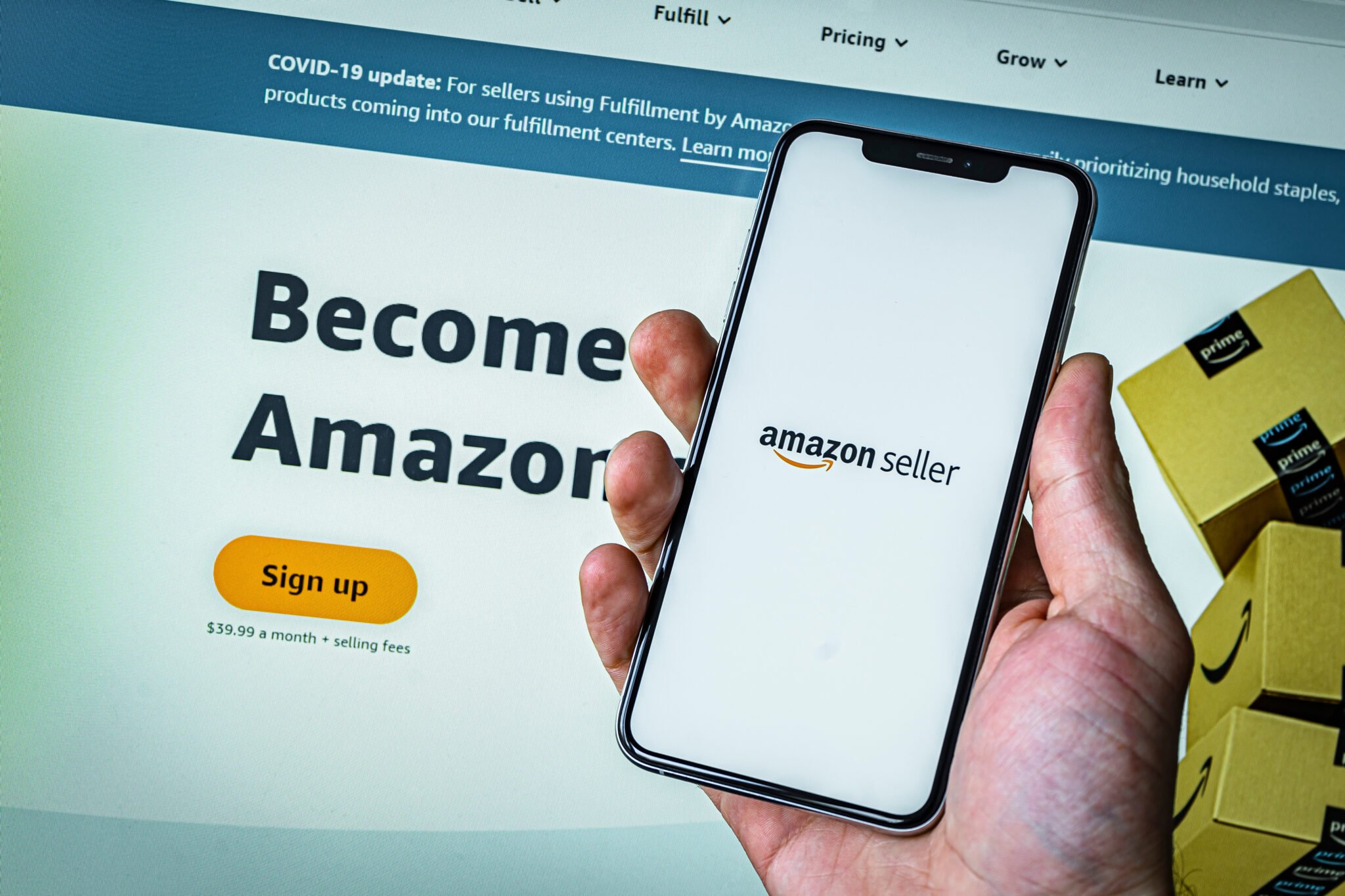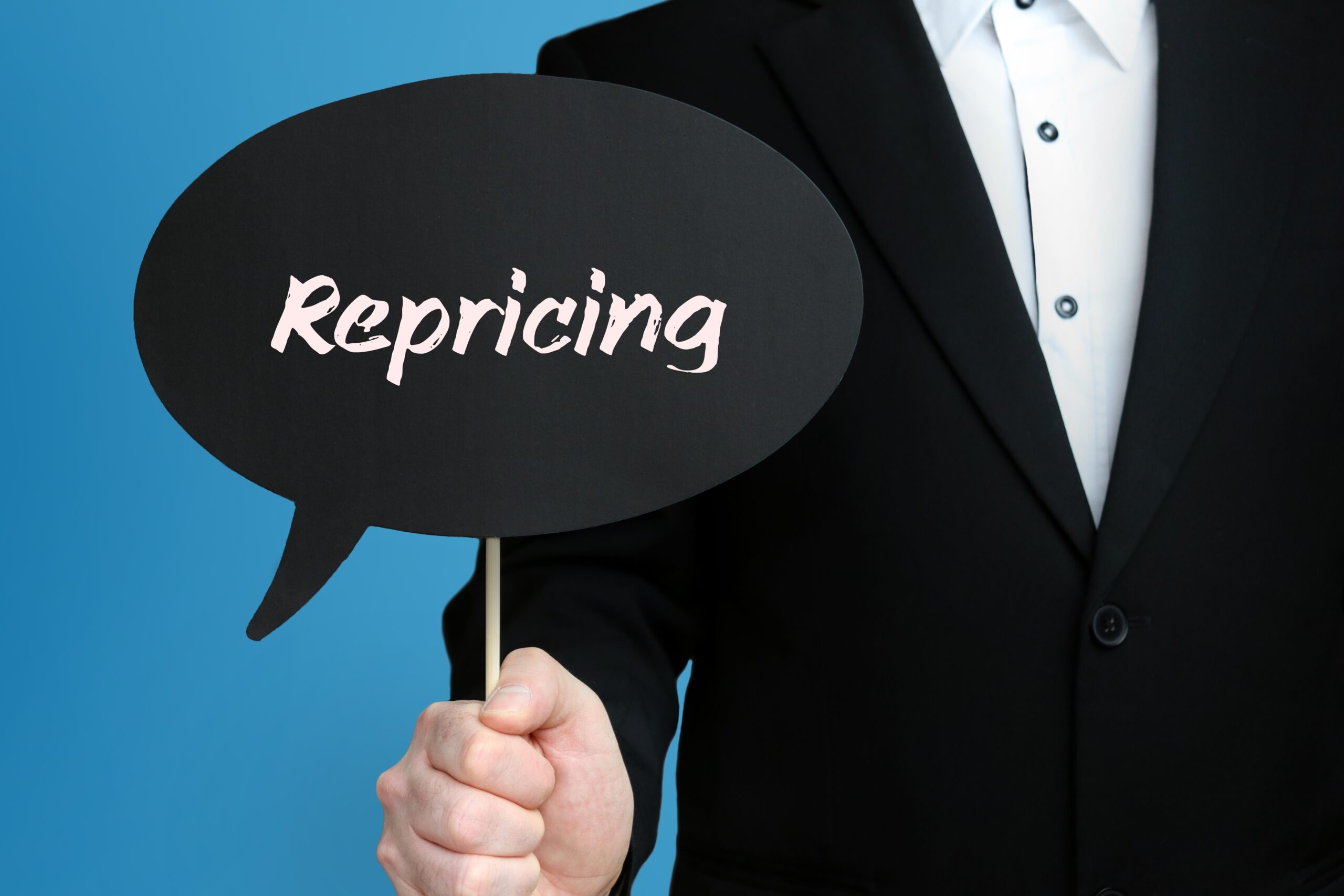If you’re selling on Amazon, there’s one feature that can make or break your success: the Buy Box. This small but mighty button is where the majority of Amazon purchases happen, and understanding how it works is essential for any seller looking to grow their business.
In this comprehensive guide, we’ll break down everything you need to know about the Amazon Buy Box—from what it is and where it appears, to the factors that determine who wins it and how you can improve your chances of capturing it.
What is the Amazon Buy Box?
The Amazon Buy Box is the white box on a product detail page that contains the «Add to Cart» and «Buy Now» buttons. When multiple sellers offer the same product, Amazon uses an algorithm to determine which seller’s offer gets featured in this prominent position.
Here’s why it matters: over 82% of Amazon sales go through the Buy Box. When customers click «Add to Cart,» they’re buying from whoever currently holds the Buy Box—often without even knowing other sellers exist. For mobile shoppers, the Buy Box is even more critical, as alternative sellers are harder to find on smaller screens.
This guide is designed for new Amazon sellers, brand owners, and resellers who want to understand how to compete effectively for this valuable real estate.
Where the Buy Box Appears
The Buy Box sits prominently on the right side of the product detail page on desktop devices, and near the top on mobile screens. It displays:
- The current price (including any discounts)
- Shipping information
- Delivery estimates
- The «Add to Cart» and «Buy Now» buttons
- Prime eligibility badge (if applicable)
What customers see: A single, featured offer that appears to be «the» way to buy the product.
What sellers compete for: The chance to have their offer displayed in this position, rotating with other eligible sellers based on Amazon’s algorithm.
Below the Buy Box, there’s an «Other Sellers on Amazon» link where customers can view alternative offers. However, the vast majority of shoppers never click this link—they simply purchase from whoever holds the Buy Box at that moment.
How the Buy Box Works
Unlike a traditional auction where the highest bidder wins permanently, the Amazon Buy Box operates on a rotation system. Multiple eligible sellers can share Buy Box time for the same product, with Amazon’s Buy Box algorithm determining who gets featured and when.
The rotation isn’t equal—sellers with better metrics, pricing, and fulfillment options win the Buy Box more frequently. Think of it as a weighted lottery where some sellers get more tickets than others based on their performance.
Buy Box vs. «Other Sellers on Amazon»
When you don’t have the Buy Box, your offer appears in the «Other Sellers on Amazon» section. While customers can still purchase from you, the conversion rate drops dramatically. Most shoppers never explore this section, preferring the convenience of the featured offer.
Key mechanics that influence Buy Box allocation include:
- Competitive pricing (item price plus shipping)
- Prime eligibility (FBA or Seller Fulfilled Prime)
- Seller performance metrics (ratings, defect rates, delivery speed)
- Inventory availability and fulfillment capacity
Who Can Win the Buy Box?
Not every seller is eligible to compete for the Buy Box. Amazon has established requirements to ensure customers have a positive buying experience.
Eligibility Requirements
To be considered for the Buy Box, you must meet these baseline criteria:
Professional Seller Account: Individual seller accounts are not eligible for Buy Box competition. You’ll need to upgrade to a Professional account ($39.99/month).
Order Defect Rate Below 1%: Your ODR must stay under 1%. This metric includes negative feedback, A-to-z Guarantee claims, and credit card chargebacks.
Competitive Pricing: Your total landed price (item + shipping) must be competitive with other offers for the same product.
Inventory Availability: You need sufficient stock to fulfill orders promptly, and your listing must show «in stock» status.
FBA vs. FBM Advantages
Fulfillment by Amazon (FBA) sellers typically have a significant advantage in Buy Box competition. Amazon FBA offers:
- Automatic Prime eligibility
- Amazon’s trusted fulfillment network
- Faster delivery times
- Better customer service handling
Fulfillment by Merchant (FBM) sellers can still win the Buy Box, but they need exceptional performance metrics, competitive pricing, and reliable shipping to compete with FBA offers. Some FBM sellers qualify for Seller Fulfilled Prime (SFP), which provides Prime eligibility without using FBA warehouses. Learn more about FBA vs FBM repricing strategies.
Factors That Influence Buy Box Wins
Amazon’s Buy Box algorithm considers multiple factors when determining which seller gets featured. Understanding these elements helps you optimize your strategy.
Landed Price
This is your item price plus shipping costs. Amazon evaluates the total cost to the customer, not just your listing price. A lower item price with high shipping costs won’t necessarily beat a slightly higher item price with free Prime shipping.
Maintaining competitive pricing is crucial, but it doesn’t mean you need to be the absolute lowest. You can win the Buy Box without always having the lowest price—Amazon values the overall customer experience, not just the cheapest price.
Fulfillment Method
As mentioned earlier, FBA sellers enjoy a substantial advantage. The hierarchy generally looks like this:
- FBA (Prime-eligible)
- Seller Fulfilled Prime (SFP)
- FBM with excellent metrics
- FBM with average metrics
Seller Performance Metrics
Amazon closely monitors several performance indicators:
- Order Defect Rate (ODR): Must be below 1%
- Feedback Score: Higher ratings improve your chances
- On-Time Delivery Rate: Late shipments hurt your Buy Box eligibility
- Valid Tracking Rate: Providing tracking information is essential
According to Seller Central documentation, maintaining excellent seller performance metrics is one of the most critical factors for consistent Buy Box wins.
Inventory Management
Running out of stock doesn’t just lose you immediate sales—it damages your Buy Box eligibility. Amazon wants to feature sellers who can consistently fulfill orders, so maintaining adequate inventory levels is critical.
Sales History and Account Age
While not officially confirmed by Amazon, many sellers observe that established accounts with strong sales history tend to win the Buy Box more frequently. This doesn’t mean new sellers can’t compete (more on this below), but building a track record helps.
Why You Might Lose the Buy Box
Even if you previously held the Buy Box, several factors can cause you to lose it:
Out-of-Stock Inventory
The moment your inventory runs out, you’re immediately removed from Buy Box consideration. When you restock, you’ll need to rebuild your position against competitors. Strategic inventory management helps prevent stockouts while optimizing your profitability.
Declining Performance Metrics
If your ODR creeps above 1%, your late shipment rate increases, or you receive negative feedback, Amazon may suppress your Buy Box eligibility until you improve.
Price Parity Violations
Amazon monitors whether you’re offering the same product for a significantly lower price on other sales channels. Selling for substantially less elsewhere can result in Buy Box suppression.
Pricing Too High Without Prime
If you’re an FBM seller with prices significantly higher than FBA competitors, you’ll struggle to win the Buy Box unless you have exceptional metrics and faster delivery options.
Buy Box Myths and Misconceptions
Let’s clear up some common misunderstandings about how the Buy Box works:
Myth: «The Lowest Price Always Wins»
False. While competitive pricing is important, Amazon’s algorithm weighs multiple factors. An FBA seller with excellent metrics might win the Buy Box at a slightly higher price than an FBM seller with average performance.
Myth: «New Sellers Can’t Win the Buy Box»
False. New sellers with Professional accounts can absolutely win the Buy Box, especially if they use FBA and maintain competitive pricing. You don’t need years of history—you need strong fundamentals.
Myth: «Every Product Has a Buy Box»
Not always. Products with poor listing quality, very few sellers, or other issues may not display a Buy Box. Additionally, if no sellers meet Amazon’s eligibility requirements, the Buy Box may be absent.
How to Improve Your Buy Box Chances
Ready to optimize your strategy? Here’s how to increase your Buy Box wins:
Use FBA or Optimize FBM Logistics
If you’re serious about winning the Buy Box, FBA is the most straightforward path. The Prime badge and Amazon’s fulfillment network give you an immediate advantage.
If you prefer FBM, focus on fast shipping, perfect tracking, and consider applying for Seller Fulfilled Prime once you meet the requirements.
Set Competitive Pricing with Automation
Pricing strategically is crucial, but manually adjusting prices throughout the day isn’t sustainable. This is where Amazon repricing automation becomes invaluable. Repricer.com offers intelligent repricing that helps you stay competitive while protecting your profit margins, automatically adjusting your prices based on competitor activity and Buy Box status.
Monitor Seller Metrics and Feedback
Check your Seller Central dashboard regularly to ensure your performance metrics stay in the green zone. Address any issues immediately:
- Respond to negative feedback professionally
- Resolve customer complaints quickly
- Ship orders on time, every time
- Provide valid tracking information
Keep Popular SKUs in Stock
Use Amazon’s inventory management tools to forecast demand and prevent stockouts. Consider using FBA’s automatic replenishment features or set up low-inventory alerts in Seller Central.
Buy Box Readiness Checklist
Use this checklist to ensure you’re optimized for Buy Box competition:
- ☐ Professional seller account activated
- ☐ Order Defect Rate below 1%
- ☐ FBA enrolled or SFP qualified (or excellent FBM metrics)
- ☐ Competitive pricing strategy in place
- ☐ Sufficient inventory for all active listings
- ☐ Valid tracking provided for all shipments
- ☐ Responsive customer service
- ☐ Product listings fully optimized
- ☐ Repricing automation configured (if applicable)
- ☐ Regular performance monitoring scheduled
Conclusion
The Amazon Buy Box is the cornerstone of success on the platform. With more than 82% of sales flowing through this feature, understanding how it works and optimizing your strategy is non-negotiable for serious sellers.
Remember these key takeaways:
- The Buy Box rotates among eligible sellers based on multiple factors
- FBA gives you a significant competitive advantage
- Competitive pricing matters, but it’s not the only factor
- Excellent seller metrics are essential for consistent Buy Box wins
- Staying in stock and maintaining performance is an ongoing commitment
Success in ecommerce isn’t about one-time optimizations—it’s about continuous improvement. Monitor your metrics, test pricing strategies, and stay responsive to changes in your market.
Ready to take your Amazon selling to the next level? Explore proven strategies for winning the Amazon Buy Box and discover how automation tools can help you maintain your competitive edge.
Frequently Asked Questions
What is the Buy Box on Amazon?
The Buy Box is the featured offer section on an Amazon product page containing the «Add to Cart» and «Buy Now» buttons. When multiple sellers offer the same product, Amazon’s algorithm selects which seller’s offer appears in this prominent position. Over 82% of Amazon sales occur through the Buy Box.
Why is the Buy Box so important?
The Buy Box is important because the vast majority of customers purchase directly from it without exploring other seller options. Winning the Buy Box dramatically increases your sales volume and visibility, while losing it means your offer is relegated to the less-visited «Other Sellers on Amazon» section.
Can a new seller win the Buy Box?
Yes, new sellers can absolutely win the Buy Box. You’ll need a Professional seller account, competitive pricing, good performance metrics (especially Order Defect Rate below 1%), and adequate inventory. Using FBA gives new sellers a significant advantage in Buy Box competition.
Do I need FBA to win the Buy Box?
No, FBA is not strictly required, but it provides substantial advantages including automatic Prime eligibility and faster delivery times. FBM sellers can win the Buy Box with exceptional performance metrics, competitive pricing, and reliable shipping. Seller Fulfilled Prime (SFP) is another option that provides Prime eligibility without using FBA.
What percentage of sales go through the Buy Box?
Approximately 82% or more of Amazon sales occur through the Buy Box. This percentage can be even higher on mobile devices, where alternative seller options are less visible to customers.
